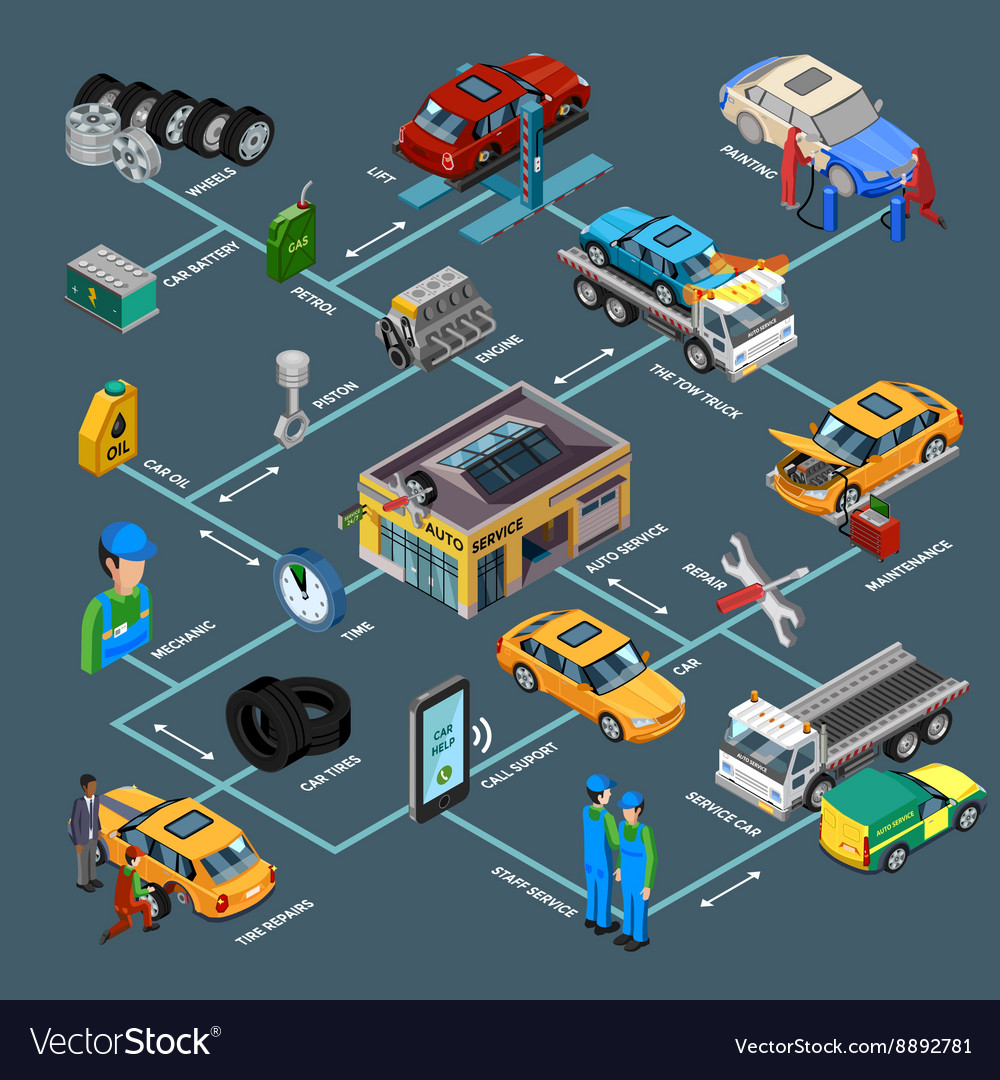Understanding The Importance Of Your Vehicle'S Warning Signals: What They Actually Represent
Understanding The Importance Of Your Vehicle'S Warning Signals: What They Actually Represent
Blog Article
Composed By-Higgins Forbes
When you lag the wheel, those radiant caution lights on your dashboard can be a little bit complicated. Do you recognize what they're attempting to tell you concerning your automobile's wellness? Comprehending the relevance of these lights is essential for your safety and security and the longevity of your car. So, the next time one of those lights turns up, wouldn't you want to understand its message properly and take the needed steps to address it?
Common Caution Lighting and Interpretations
Identify common warning lights in your cars and truck and understand their significances to ensure secure driving.
One of the most common warning lights consist of the check engine light, which signals issues with the engine or discharges system. If this light comes on, it's critical to have your lorry examined immediately.
The oil pressure alerting light suggests reduced oil pressure, calling for immediate attention to stop engine damage.
A flashing battery light could suggest a faulty billing system, possibly leaving you stranded otherwise dealt with.
The tire stress tracking system (TPMS) light notifies you to reduced tire stress, affecting car stability and gas effectiveness. Disregarding this could lead to harmful driving problems.
The abdominal light indicates a trouble with the anti-lock braking system, jeopardizing your capability to quit swiftly in emergencies.
Finally, the coolant temperature level cautioning light warns of engine getting too hot, which can lead to extreme damages otherwise fixed promptly.
Comprehending these usual caution lights will assist you deal with concerns quickly and maintain secure driving problems.
Relevance of Prompt Focus
Understanding the typical warning lights in your car is only the very first step; the importance of quickly resolving these warnings can't be highlighted sufficient to guarantee your safety on the road.
When mouse click the next page brightens on your control panel, it's your car's way of connecting a possible problem that needs attention. Overlooking these cautions can cause much more extreme problems later on, endangering your safety and potentially costing you a lot more out of commission.
Motivate attention to advising lights can prevent malfunctions and accidents. For example, a flashing check engine light could suggest a misfire that, if left ignored, might create damage to the catalytic converter. Addressing this quickly can save you from an expensive repair service.
Similarly, a brake system advising light may indicate low brake fluid or used brake pads, vital parts for your safety and security when driving.
DIY Troubleshooting Tips
If you see a warning light on your control panel, there are a couple of DIY troubleshooting suggestions you can try prior to seeking expert assistance.
The initial step is to consult your automobile's handbook to comprehend what the particular caution light indicates. In carcleaningbotany can be as basic as a loosened gas cap setting off the check engine light. Tightening the gas cap might resolve the trouble.
One more common problem is a reduced battery, which can trigger various warning lights. Examining https://patch.com/new-york/upper-east-side-nyc/old-upper-east-side-auto-shop-site-murder-be-demolished for deterioration and ensuring they're secure may fix the trouble.
If a caution light lingers, you can try resetting it by detaching the auto's battery for a few mins and then reconnecting it. In car detailing services near me , inspecting your vehicle's fluid levels, such as oil, coolant, and brake fluid, can assist troubleshoot cautioning lights associated with these systems.
Final thought
In conclusion, comprehending your car's warning lights is essential for maintaining your car running efficiently and securely. By without delay resolving these alerts and knowing what they suggest, you can avoid costly repairs and prospective failures.
Bear in mind to consult your auto's guidebook for particular information on each cautioning light and act as necessary to make sure a trouble-free driving experience.
Stay notified, remain safe when driving!
